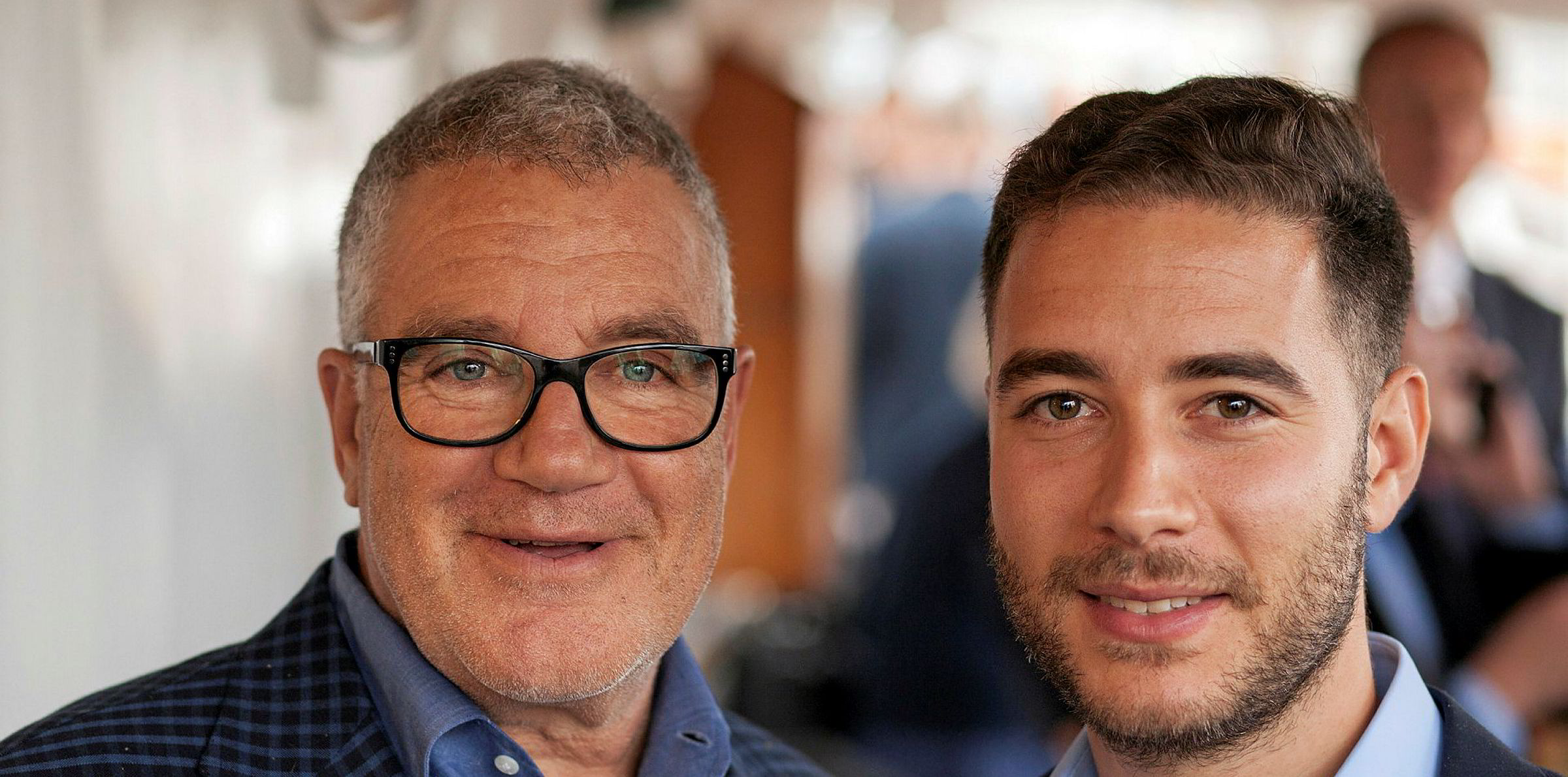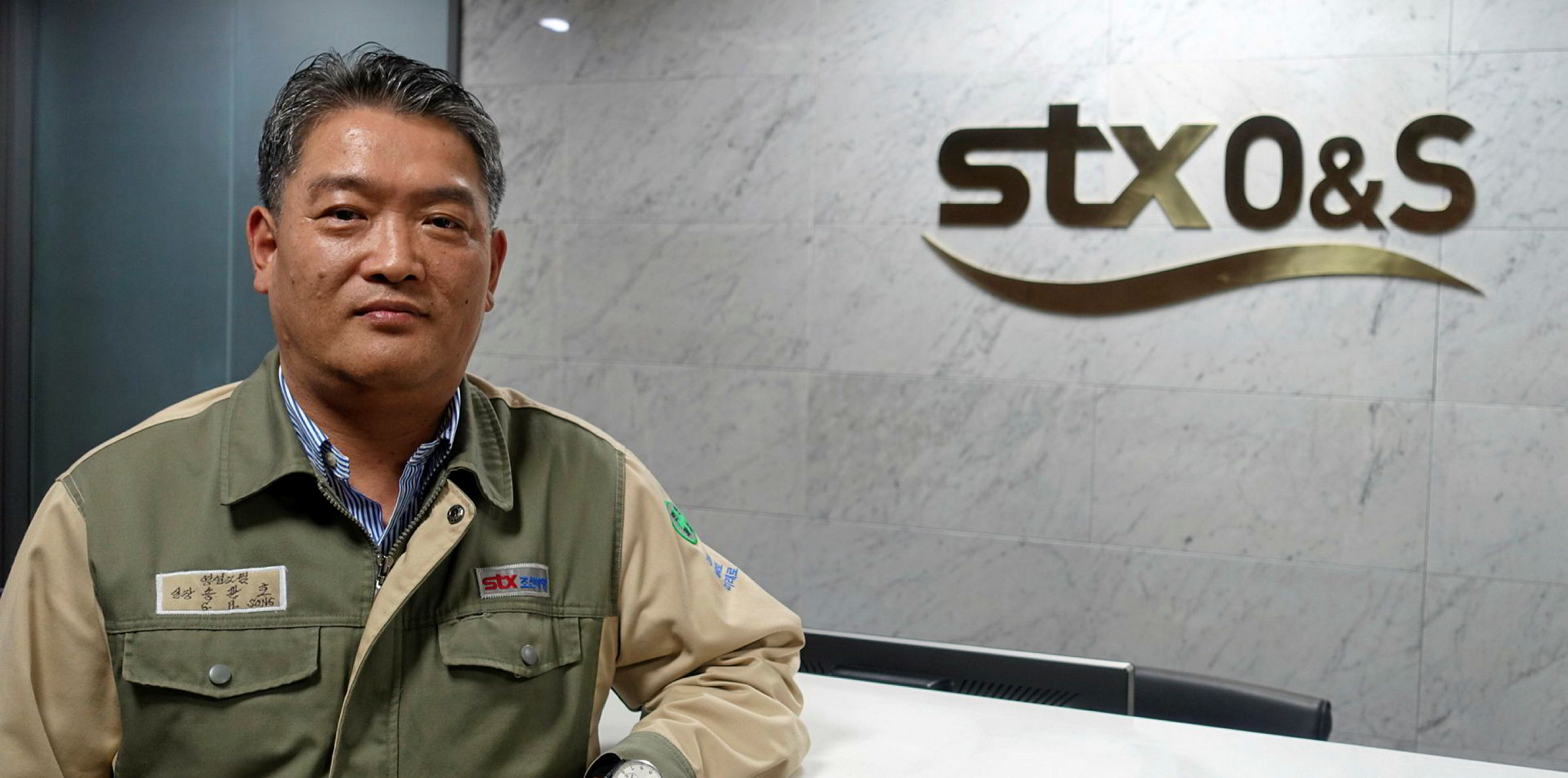Idan Ofer’s Eastern Pacific Shipping is outfitting more of its fleet to run on LNG.
The Singapore-based shipowner has switched two of its four LR2 tanker newbuildings at China's New Times Shipbuilding to run on LNG.
The company will be installing Man B&W’s ME-GI propulsion system on the dual-fuel newbuildings, which were ordered earlier this year as scrubber-fitted vessels.
Eastern Pacific is scheduled to take delivery of the pair in late 2021. The duo is charter-free but the company is said to be in talks with potential charterers over their employment, and is looking to fix them out for between five and 10 years.
Future of fuel
“Interesting business proposals” from clients and the belief that LNG is the future marine fuel are cited to be reasons for the upgrade of the 115,000-dwt, ice-class 1C product tankers.
Eastern Pacific is said to hold options for four more LR2s at New Times and has until the end of this year to exercise them.
“There is a possibility that it may do more than two dual-fuel LR2 tankers due to the attractive shipbuilding price,” a shipping source familiar with Eastern Pacific said.
“The company saw not only liner operators are going for green ships but large tanker clients are also keen on clean energy-fuelled tankers.”
The source noted that environmental, social and governance factors are taking centre stage for large tanker charterers.
'The way to go in shipping'
“Large corporates such as Shell, Total, Equinor ... and BHP have made statements where they believe LNG as fuel is the way to go in shipping,” the source said.
Eastern Pacific is said to have carried out a study on LNG-fuel vessels and conventional ships, and drew a conclusion that savings from using LNG as an alternative fuel can cover the additional capital expenditure (capex) required for the dual-fuel ships.
A dual-fuelled tanker is said to cost $10m more than a conventional ship, but a company will get to save around $10,000 per day when it uses LNG as an alternative fuel.
“Current LNG prices are very low and savings from using this clean energy is significant,” the source said. “The reduction of CO2 emissions from LNG fuel is significant. The ships will not only meet IMO 2020 sulphur cap regulations but also [contribute to] IMO 2030 and 2050 goals.
“The recent attacks on Saudi Arabia’s oil facilities are also a concern on bunker prices. There is so much LNG in the world and LNG infrastructure and bunkering facilities are being built. It will be available throughout the world.”
Eastern Pacific started investing in dual-fuel vessels last year when it commissioned Hyundai Samho Heavy Industries to construct six 15,000-teu newbuildings for delivery between 2020 and early 2022. The LNG-fuelled containerships were reported to cost more than $120m apiece.
Last month, Eastern Pacific inked a letter of intent with STX Offshore & Shipbuilding for two firm 50,000-dwt tanker newbuildings for delivery from the end of 2021, plus two optional units. It has not been disclosed when the official contract for the dual-fuel MRs will be signed.
This article has been amended since publication to reflect that Cargill has not made a public statement in favour of LNG fuelling.






